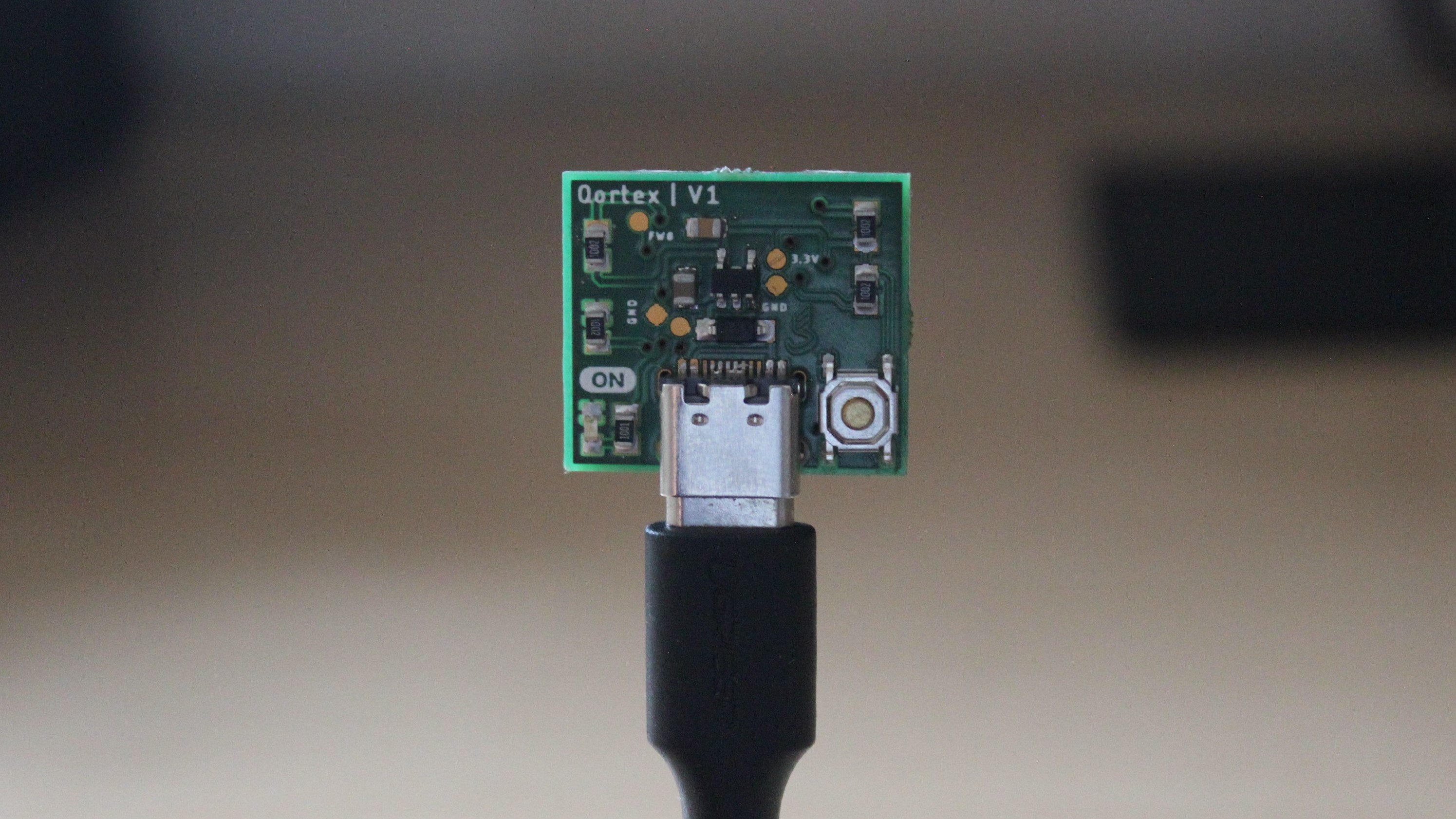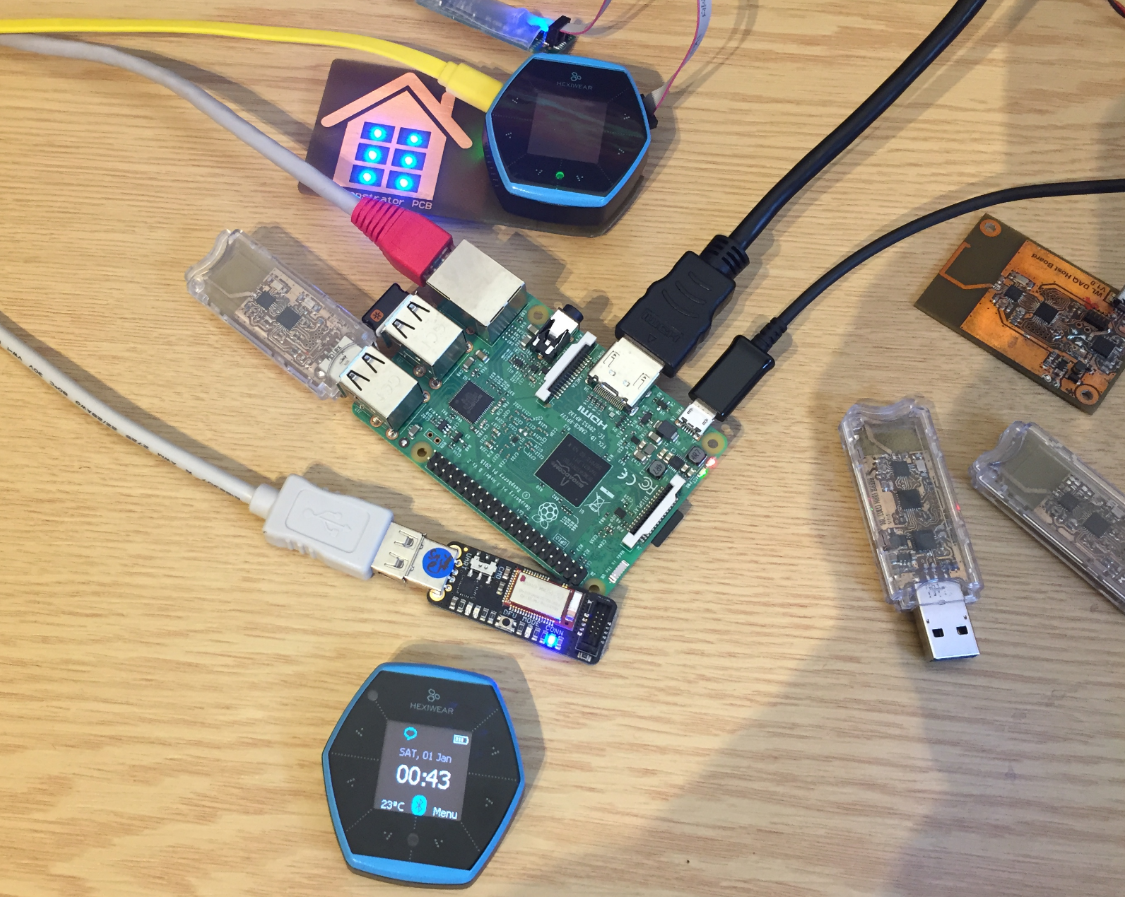
- Raspberry pi mac address sniffer how to#
- Raspberry pi mac address sniffer serial#
- Raspberry pi mac address sniffer code#
- Raspberry pi mac address sniffer Bluetooth#
- Raspberry pi mac address sniffer mac#
# Check if packet is a probe request if packet. Python is not my main programming language so it’s probably a bit long winded but it’s functional. The script I wrote to run on this set up can be cloned from the following git repository. Running the Python Wifi Packet Capture Script Terminal commands demonstrating turning the chosen adapter from station mode into monitor mode using airmon-ng on Kali Linux can be seen bellow The adapter comes equipped with a removable high gain aerial which out of the box gives quite impressive range, and uses the Ralink RT3070 Chipset which was capable of being switched into monitor mode. This focus on portability removed the need to SSH into the Raspberry Pi.ĪLFA AWUS036NEH Wireless Adapter to Monitor Mode
Raspberry pi mac address sniffer Bluetooth#
Using a Bluetooth keyboard and the 3.5” TFT running from the Raspberry Pi’s GPIO (General Purpose Input Output) interface, the system could be operated anywhere. This set up was powered using a 10,000mAh battery pack ran for around 4 hours, dependent on the levels of GPS & WI-Fi activity received. This Python script allows you to capture network management packets (probe requests) being broadcast from devices, the co-ordinates from where they been discovered, device manufacturers and the networks being searched for, in CSV format. The Raspberry Pi ran Kali Linux Re4son - Sticky Fingers Fork used a monitor mode compatible Wi-Fi adapter (Alfa AWUS036NEH), GPS receiver (GlobalSat BU-353) and ran my python script. To gather the dataset for my project I built a packet sniffing device based around a Raspberry Pi 3 B+. For my University of Birmingham Computer Science M.Sc, I carried out a project testing this theory: The Visualisation and analysis of device footprints through 802.11 probe request frames. With enough geolocated network names, you can potentially build a picture of where a device has been. Using a wardriving database such as WiGLE you can potentially geolocate the wireless network a device is requesting.
Raspberry pi mac address sniffer mac#
Probe requests may contain the broadcasting devices unique MAC address (if software-based MAC address randomisation is not adopted) and an SSID (network name) of a previously trusted wireless network the broadcasting device is searching. With a bit of modification to a wardriving setup, you can also scan for different Wi-Fi frames such as Probe Requests. The most popular project for Wi-Fi wardriving is WiGLE. With this method, you can map all of the Wi-Fi networks details and their security protocols within your area. With a network receiver (monitor mode Wi-Fi adapter) you can passively scan for Access Point Beacons and when you find one append GPS data to record the location of the wireless network. Wardriving is the act of searching for Wi-Fi wireless networks, usually from a moving vehicle, using a laptop or smartphone.
Raspberry pi mac address sniffer how to#
* On version 0.Wi-Fi Packet Scanning With a Raspberry Piįor more detial on how to set a Raspberry Pi like this check out my Ethical Hacking with a Raspberry Pi guide.
Raspberry pi mac address sniffer serial#
* On edit by George konstantinidis add serial debuging

Print the active stage of devices compared to mac address of list To a list of MAC addresses we wish to track, and if the MAC address of a packet matches one on the list, we
Raspberry pi mac address sniffer code#
The function of this code is to read nearby Wi-Fi traffic in the form of packets.



Thanks for original code of Ricardo Oliveira and Skickar Friend Detector by Ricardo Oliveira, forked by Skickar Įxtra Edited from George konstantinidis in Kavala Hellas Sample output over serial-USB: 1.5.3(aec24ac9) Members with ESP8266 forum ID’s may wish to track this thread if the code is adequate, would you please mark the title. I hope you find the proof-of-concept useful. Still, there is now code that will gather this data. I’m sorry my response has come over 30 days, but getting MAC for both client and Access Point associations and broadcasts was a bit more of an issue than I initially thought.


 0 kommentar(er)
0 kommentar(er)
